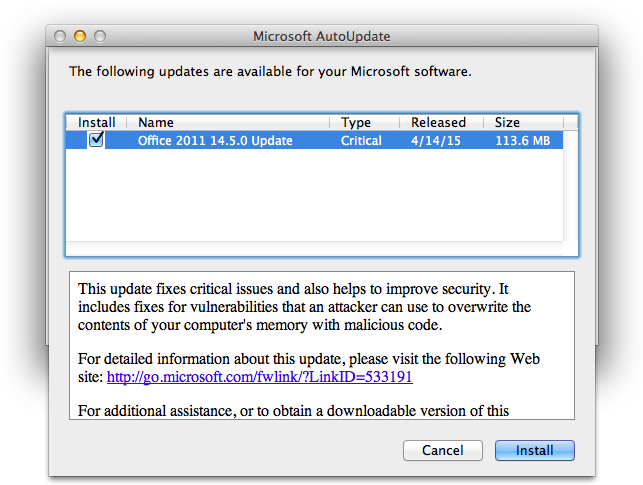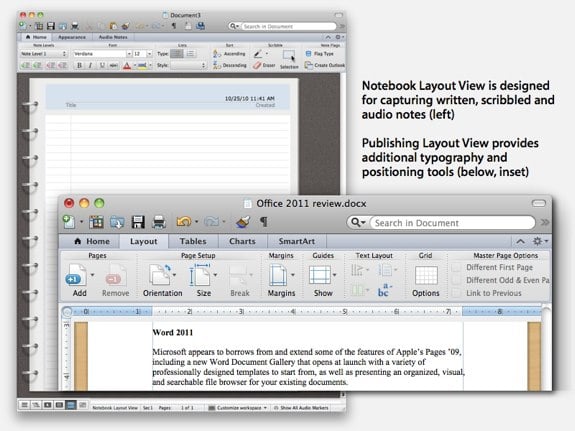
- UPGRADE MICROSOFT OFFICE 2011 TO 2016 MAC FOR MAC
- UPGRADE MICROSOFT OFFICE 2011 TO 2016 MAC ANDROID
- UPGRADE MICROSOFT OFFICE 2011 TO 2016 MAC WINDOWS 7
- UPGRADE MICROSOFT OFFICE 2011 TO 2016 MAC MAC
UPGRADE MICROSOFT OFFICE 2011 TO 2016 MAC MAC
I have really really tried to use OneDrive for Business and Sharepoint, but it has too many sync failures to be considered trustworthy, and the latter doesn’t work with Mac at all. There is no other reason for me to use any other MacOffice 2016 features when WinOffice 2013/2016 is better all round. I personally use WinOffice 2016 and get round the Exchange 2010 problem with one email account by using MacOffice 2016 for that. That user reverted to 2013, and I would advise anyone to stick with that unless they have a specific feature of 2016 which they need (I find that scenario somewhat unlikely though). WinOutlook 2016 has problems connecting to Exchange 2010, and WinWord 2016 caused a major headache when it failed to adopt the WinWord 2013 Building Blocks and kept on crashing. With all these options available, I find WinOffice 2013 to be the best option.
UPGRADE MICROSOFT OFFICE 2011 TO 2016 MAC FOR MAC
WinOffice 2016 is installed in a Windows 10 VM (under Parallels Desktop for Mac Pro Edition) on my MacBook Pro.Ĭlick the charts below to view them in full size:.MacOffice 2016 is installed in an El Capitan VM (under Parallels Desktop for Mac Pro Edition) on my MacBook Pro.

UPGRADE MICROSOFT OFFICE 2011 TO 2016 MAC ANDROID
(You can download a free trial of Parallels Access for iOS and Android to access your Mac and/or PC at As you saw in the tables above, iPad Office is lacking many of the features of WinOffice and MacOffice, so I also have Parallels Access on my iPad which lets me access and run the full featured versions of any Office suite (or any other application) on my computers and use them with natural iPad gestures.
UPGRADE MICROSOFT OFFICE 2011 TO 2016 MAC WINDOWS 7

“I worked for the MacOffice team at Microsoft for several years, and at that time I also worked closely with colleagues on the WinOffice teams. In the end, he concludes that a mix of the various Office suites is the best approach but admits that his main, go-to version is MacOffice 2011 (apart from using the latest version of Outlook due to enhanced performance): One positive is support for right-to-left languages, which he notes is something that Mac users have bene asking for but have yet to receive, while a negative for the iPad is lack of multiple selection support in PowerPoint, something Schmucker notes is a pretty basic but crucial function for the app. Other charts in the study show feature variations for Word, Excel, PowerPoint, and Outlook, with the majority of the features listed unavailable for iPad users and a mixed bag for the other versions.Īnd Schmucker points out two things regarding the iPad specifically. The full charts (below) show suite-wide differences between the versions such as missing apps, lack of support for Visual Basic and ActiveX, right-to-left language support, accessibility features, AppleScript and much more. In the charts below, Schmucker breaks down feature-by-feature exactly what you get (and don’t get) in each of the different versions of the productivity suite including Office 20 for Windows, Office 20 for Mac, and Office for iPad. So what exactly is missing on Mac and iOS devices compared to Windows when it comes to the Office suite?

This comparison of the differences between Microsoft Office on Mac, Windows, and iOS devices was put together by Kurt Schmucker who (disclaimer) works for Parallels - the company that makes slick virtual machine apps for running Windows and other operating systems on Mac - but he also happens to know a thing or two about the subject after his previous role as Senior Mac Evangelist at Microsoft and on the Office team.


 0 kommentar(er)
0 kommentar(er)
